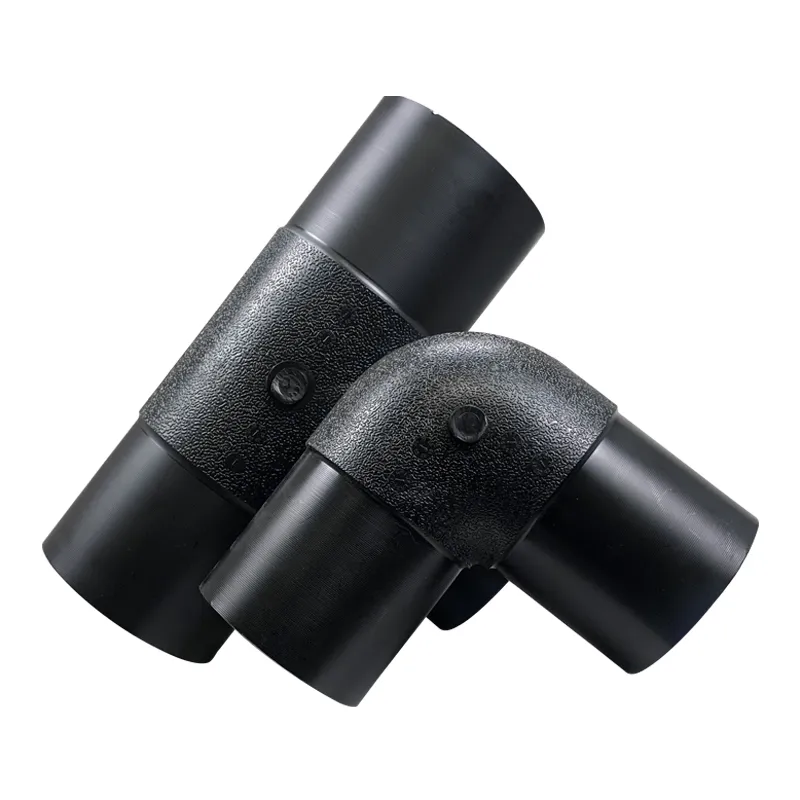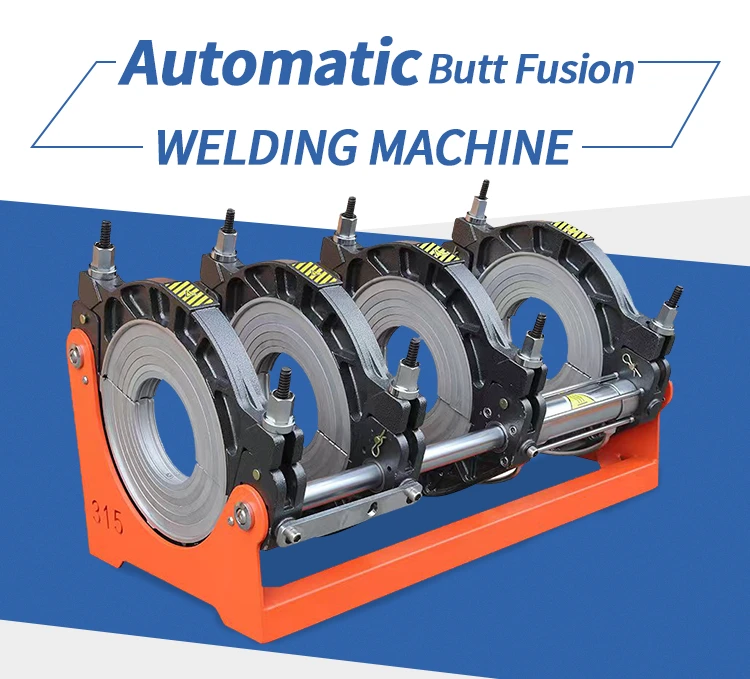What is the difference between butt pipe fittings and chuck pipe fittings?
Although the terminology might sound similar, the process for fitting a butt pipe is quite different from what goes on for chucking a chuck pipe. For example, in the fitting of a butt pipe, a pilot hole is drilled into the bottom of the pipe. Then a flame from a torch is used to heat the sand that is used to create the bond between the pipe and the fitting. When the sand vaporizes, it creates an air pocket inside the pipe. This pocket of air is then vented out through the fitting. Then the pipe is put back in the rack, and the remaining sand is poured into the bottom of the pipe. This process is much more intricate and time-consuming for a larger company to fit and finish than for a small company, which means that the finished product from a large company will probably be inferior to a small one.
What is the difference between a flange and a flange fitting?
A flange is a seamed fitting with a concave face, usually made of cast iron. A flanged fitting is intended to recess against a surface, usually a railing. A flange-type fitting is usually used when the join between two parts is not obvious, or when there is a need to reduce the appearance of iron-on joints. A flanged fitting is much simpler to fit than a flange. A flanged fitting is usually made of a material other than iron. However, in rare cases, when the iron is necessary, then a flange may be made of iron.

How to find the right pipe size for your business?
For a small business, you might decide to use a 5/8 - 19 thread pitch in your business. However, if you are a large company then you might have a need for a larger pipe size. If you are unsure what size you should choose, just assume that the larger size is always better. If you are unsure what type of pipe you should use, check out our articles on choosing the right pipe for your application and for your business. For example, if you are unsure what size pipe to buy for a 5,000-square-foot building, then you should choose the largest size available. On the other hand, if you are unsure what type of pipe to buy for a 20,000-square-foot building, then you should choose the smallest available.
Should you buy industrial pipes online?
Yes, if you have the money to buy them. There are a few benefits to buying industrial pipes online: - You don’t have to worry about inventory issues. When you purchase in small quantities, such as 10 or 20 pieces, you can just place an order with your supplier and they will fill it to the brim. However, when you purchase large quantities, like 1,000 or 10,000 pieces, then you will have to figure out how to store them and how to get them to where you need them in time for the job. If you don’t have a lot of experience with buying industrial pipes online, then you might consider hiring a professional to do the work for you. If you are unsure who to hire for this, check out our hiring page.
What to look for when buying industrial pipes online
- Clear and concise order processing and shipping process. - Good customer service. - Storefronts or websites with a verified history of success. - OfferVarious financing and insurance options. - High-quality drawings or 3D models of the finished product. - Wide selection of finishes and accessories.
Final thoughts
For many businesses, the purchase of industrial pipes may be a once-off purchase. However, for those who decide to invest in new corporate pipes, the right fittings can make all the difference in the long run. When purchasing industrial pipes for your business, you need to ask yourself: - Will this purchase impact my company's image? - Will this purchase give me better value for money? - Will this purchase improve my company's efficiency? If you answer "yes" to all of these questions, then by all means go ahead and buy from an industrial pipes supplier with a good reputation. But if you answered "no" to at least one of these questions, then it might be worth checking out other suppliers instead.



294.webp)
287.webp)
274.webp)



476.webp)
420.webp)
146.webp)


